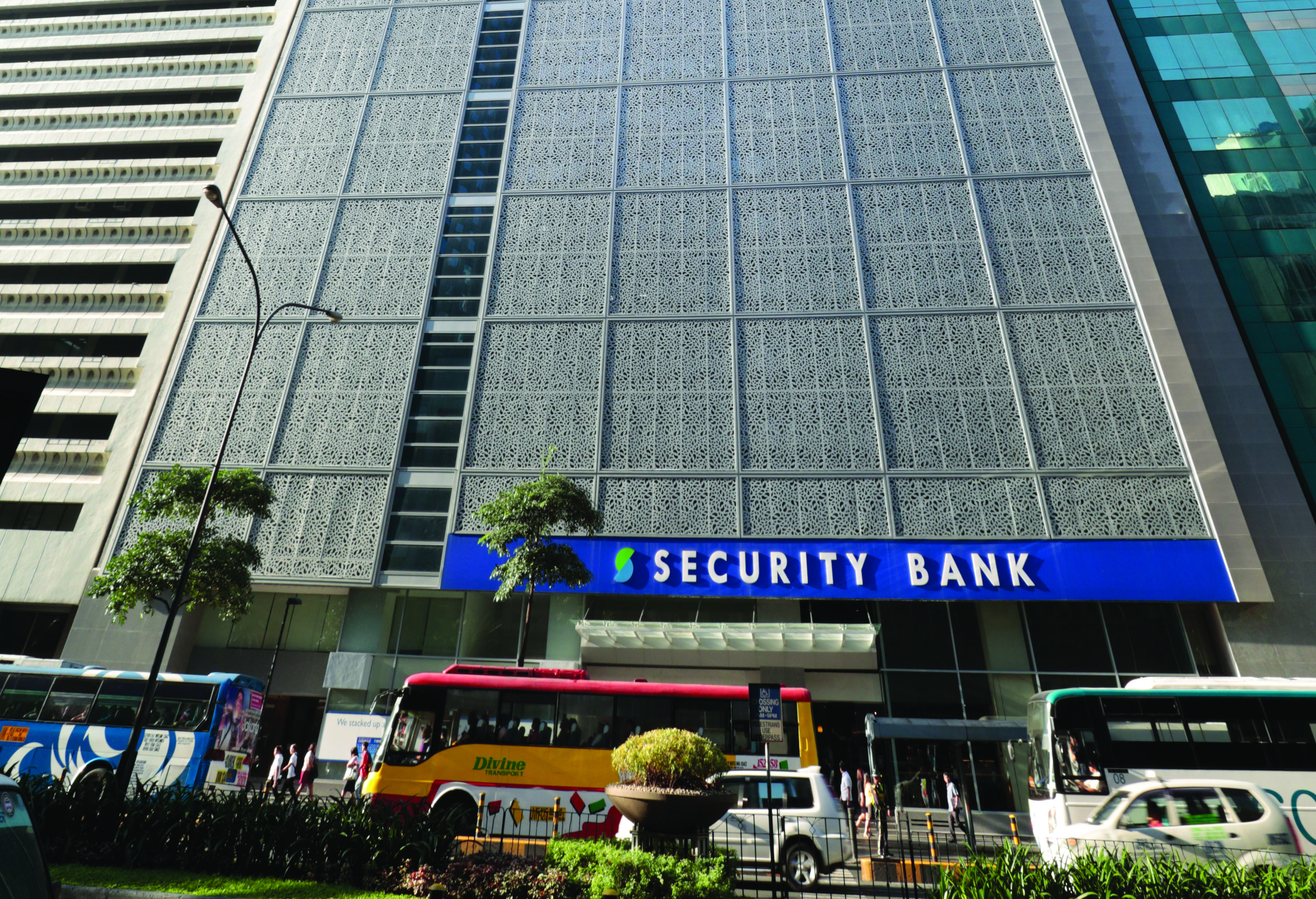The Philippine economy may regain full prepandemic vibrancy by 2023. But starting next year, quarterly productivity output levels may start resembling levels last seen before the COVID-19 virus wreaked havoc on the planet.
This is according to Security Bank chief economist Robert Dan Roces, who projected that the country’s gross domestic product (GDP) would expand at a faster pace of 6.5 percent in 2022, coming from about 5.1 percent this year, supported by the easing of mobility restrictions, higher vaccination rate of Filipinos, as well as the rollout of booster shots.
In an economic briefing on Friday, Roces noted encouraging signs of sustained long-term economic recovery on the back of continued improvement in private consumption, manufacturing production, public infrastructure spending, and external trade.
Based on the latest Department of Health report, over 42 million Filipinos have received their complete dose of the COVID-19 vaccine while over 55 million have received their first dose as of Dec. 14.
“With looser curbs, mobility data in the country may reflect a strong rebound in domestic economic activity and improved business confidence,” he added.
Roces said Security Bank’s GDP growth outlook of 6.5 percent next year would bring economic output back to the prepandemic average of about P4.6 trillion as early as the third quarter of 2022.
“But we can’t really characterize it as the return to prepandemic level already. The numbers or the nominal figures will mean it’s higher than the prepandemic level but it’s not yet the return to the quarterly output that we’re expecting. Probably, that will come in 2023,” Roces cautioned.
This 6.5 percent growth outlook for 2022 is in line with market consensus, especially if the impact of the new Omicron COVID-19 variant would not be severe, Roces said.
This growth level is seen to bring the country’s full-year economic output to P19.6 trillion compared to an estimated P18.4 trillion this 2021.
Furthermore, he said election spending offshoot would typically add to investment build-up. In the past, he noted that the country’s GDP had risen by an average of 6.2 percent during election years – excluding 2020, when the COVID-19 pandemic hit the country and resulted in an unprecedented economic contraction of 9.6 percent.
